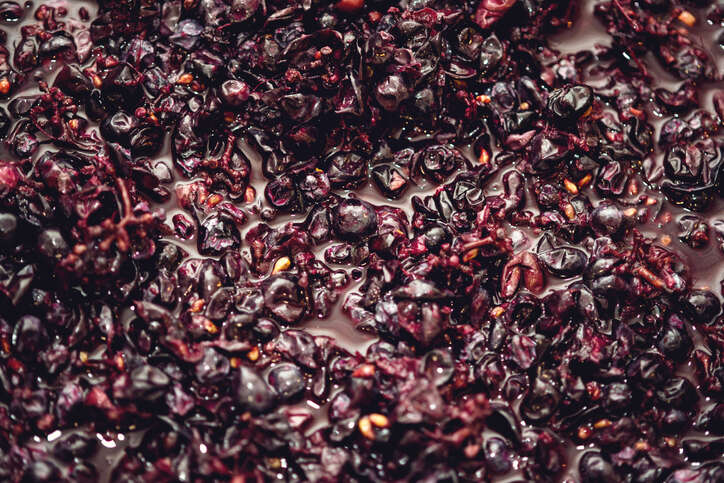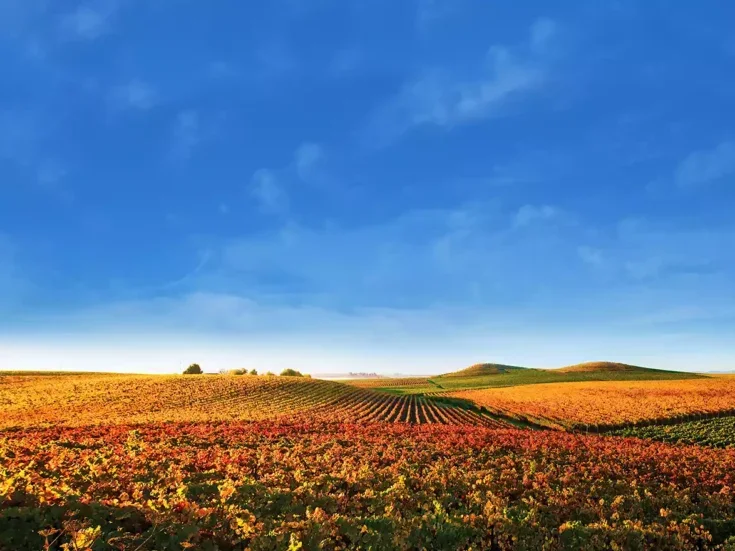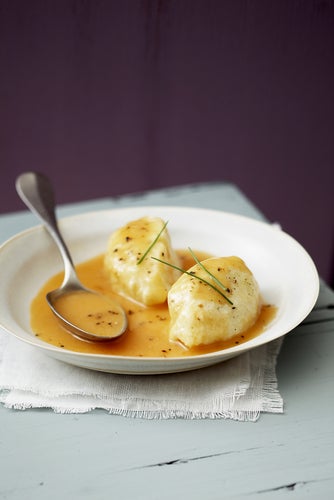
The caricature of Bordeaux is of a cautiously conservative region. But, during three weeks of intensive tastings and visits while preparing his Bordeaux 2021 en primeur report, Simon Field MW finds a decidedly adventurous and progressive winemaking culture.
The image of a Bordeaux ossified within the formality of its own success, petrified in the face of change, and happy to rest on its collective laurels, is far from fair.
It is easy to understand the appeal of a status quo ante. Tradition has, after all served the Bordelais rather well, and attempts at change have not always been successful.
One only has to recall the debacle of the mass walk-out, a decade or so ago, of those properties charged with leading the Cru Bourgeois Exceptionnel category. And history appears to be repeating itself today on the Right Bank with the current fiasco at the top of that particular tree.
Only last week Canon-la-Gaffèliere decided to follow the example of Angelus, Cheval Blanc, and Ausone and to turn its back entirely on the Cru Classé system of St-Emilion.
Little wonder, then, that the 1855 Classification in the Médoc is held as sacrosanct, and even those properties which are perennially described as “outperforming their ranking”—fifth-growth Lynch-Bages or third-growth Palmer, for example, cannot be heard clamoring for reform or promotion.
It would be easy, therefore, to presume that the Bordelais, especially at this, the very top end of a large appellation, are fundamentally conservative—their minds maybe not as enquiring as they ought to be.
Nothing, I have surmised after three intensive weeks here, could be further from the truth.
Bordeaux under scrutiny
Every single part of the process falls under scrutiny, both in the vineyard and the winery. In 2021, for example, particular attention in the cuverie was paid to the length and vigour of the extraction; apparently obsolete techniques such as delestage have been reinvented in a brave new world of gentle gravitational pull and minimum pressure on the skins.
It came as quite a surprise at Lynch-Bages to discover that this simple process, which essentially involves completely emptying the maceration vessel and then refilling it, plays a central part in the winemaking; the shiny stainless-steel vessels in the dazzling new winery (designed by Chien Chung Pie, better known for the inverted pyramid at Le Louvre) essentially performing an ancient ritual, albeit with a new twist.
Elsewhere we have the highly modish Air Pulse technique which is deemed to be the gentlest and most efficient method of extraction of all.
The traditional dichotomy of pushing down the cap (human muscle) or pumping the juice from the bottom to the top of the vat (energy expended and finesse never guaranteed), that is to say pigeage vs remontage, has been refined and refined again, the aim at all times both to avoid the expenditure of too much energy and, even more importantly, to ensure that nothing remotely aggressive or coarse gets into the wine.
A win-win situation, born of enquiring minds and a spirit of perfectionism; it’s hard to gainsay.
Into the vines we go and here also we find that the challenges, especially those posed by the warming planet, have also prompted enquiry, study, and research.
Time and time again I encountered technical directors who referred to recently completed geological studies of their vineyards, which soil best suits which grape, and how does one address a “new normal” which entails early budding and then significant frost risk, and also, especially in a year such as 2018 and 2021, significant humidity in the vineyards in the middle of the season, itself increasing the risk of rot and botrytis?
Big subjects these and there is still a lot of work to be done, but there has been significant progress.
An appreciable percentage of the wineries I visited were either certified as “bio”/organic (and a few more as fully biodynamic) or were at some point along the rigorous three-year accreditation conversion process.
No mean feat, this, in a region which is constantly buffeted by the winds and whims of the Atlantic Ocean and the accompanying risks of humidity and disease.
Champions in this area include the husband and wife team of Gonzague and Claire Villars Lurton (the former at Durfort-Vivens, the latter at Ferrière and Haut-Bages-Liberal), Thomas Duclos at Palmer, and Hélène Génin at Latour.
But there are plenty more who cleave to the same philosophy. Vincent Bache-Gabrielson at the wonderfully rejuvenated Pédesclaux, for example, is already well advanced in his quest for organic accreditation. There are many more.
The challenge of varietal choice
Taking another interesting example, it is clear how the selection of the grape varietals themselves is subject to change, maybe taking the form of a challenge to the historical norms.
At Gruaud-Larose they always planted Merlot higher up, guessing that it may be less susceptible to frost with a little elevation, but they have now discovered that the vineyards in question are actually significantly better suited to Cabernet Sauvignon.
The work and time involved in effecting such a transformation is immense, but this is what has been done with great rigour and the use of massal selection, and over a period of over 15 years; a long-term project, this, but the grand vin is already starting to reap the benefits.
Or maybe there has been a review of the components of the assemblage. On a micro level, for example in the blends of 2021, this has involved significant reduction in the use of Merlot on both sides of the Estuary. Latour with 96 percent of Cabernet Sauvignon and Ducru-Beaucaillou with 98 percent are two well-publicized examples.
This could be seen as both a function of the vintage in question but also, over the longer term, as recognition that the new normal is going to involve recourse to a little less Merlot in the blends.
On the Right Bank it has been the turn of the Cabernet Franc to step up to the plate; both the physiology and the chronology of this varietal’s growing season proved well suited to the difficult conditions which peppered the progress of 2021.
A similar reappraisal has benefited the temperamental Petit Verdot grape, which often bestows the benefits of a more nuanced and often spicy texture (and certainly something a little different) to a blend and which has also enjoyed a boon in 2021.
Leaving aside the safety valve of having a “second“ wine to hoover up fruit not deemed quite up to the quality required for the grand vin (the Bordelais dislike hearing the process describe thus) one has to take account of the fact that the increased percentage of Petit Verdot does not suddenly appear out of nowhere.
It is a case of continual scrutiny of a hitherto unfashionable varietal and a program of planting which will ensure that sufficient fruit will come on stream to match the prospective requirements at an essentially unspecified date in the future. Quite a challenge!
The technical director needs not only to possess a very precise knowledge of every aspect of his or her vineyards. He or she must be proactive to potential patterns, climatological or otherwise, and has to be permanently vigilant in the face of an ever-changing environment.
The Bordelais appear to me to be impressively aware of such challenges and demonstrate time and again a willingness to embrace change, as the modest selection of examples rehearsed above serves to indicate.
The 1855 Classification may be set in stone. Fine. But behind invariably grand facades these wineries are as proactive as any in the world when it comes to addressing the challenges posed by nature’s whims thereby, indirectly or otherwise, justifying their exulted status.
Bordeaux 2021 coverage
Bordeaux 2021 en primeur: Romance and reality
Bordeaux 2021 Field Notes: Château Figeac
Bordeaux 2021 Field Notes: Vieux Château Certan
Bordeaux 2021 Field Notes: Château Pavie
Bordeaux 2021 Field Notes: Le Dôme
Bordeaux 2021 Field Notes: Domaine de Chevalier
Bordeaux 2021 Field Notes: Sauternes and Barsac
Bordeaux 2021 Field Notes: Pichon Lalande
Bordeaux 2021 Field Notes: Enquiring Minds
Bordeaux 2021 Field Notes: The Whites Have It






